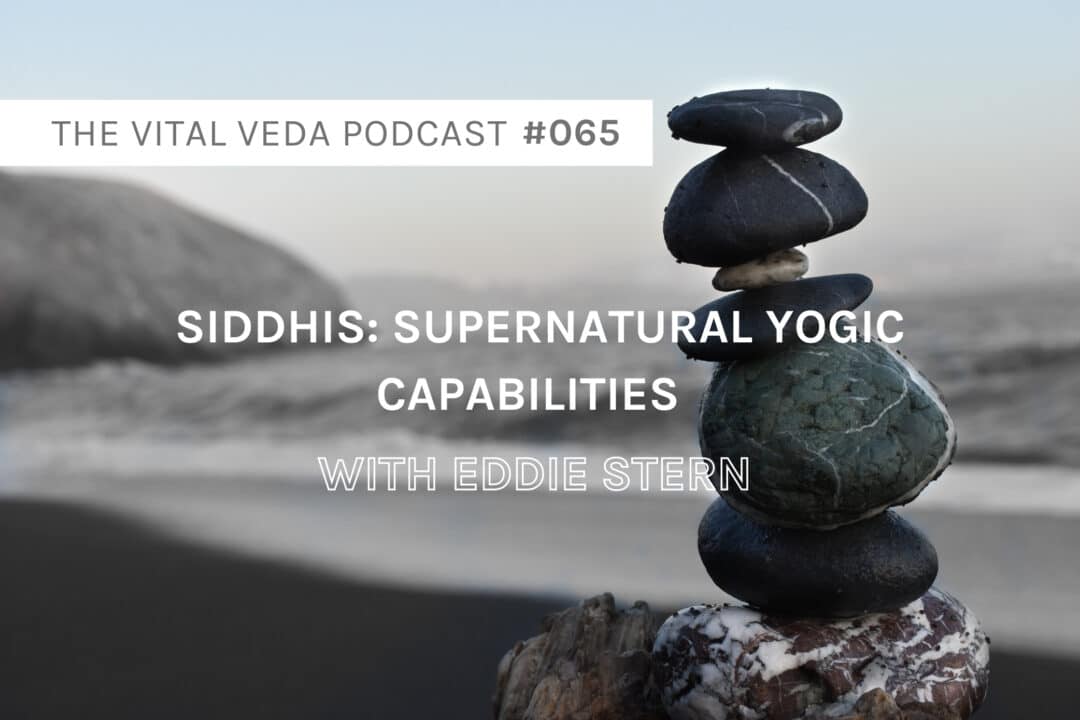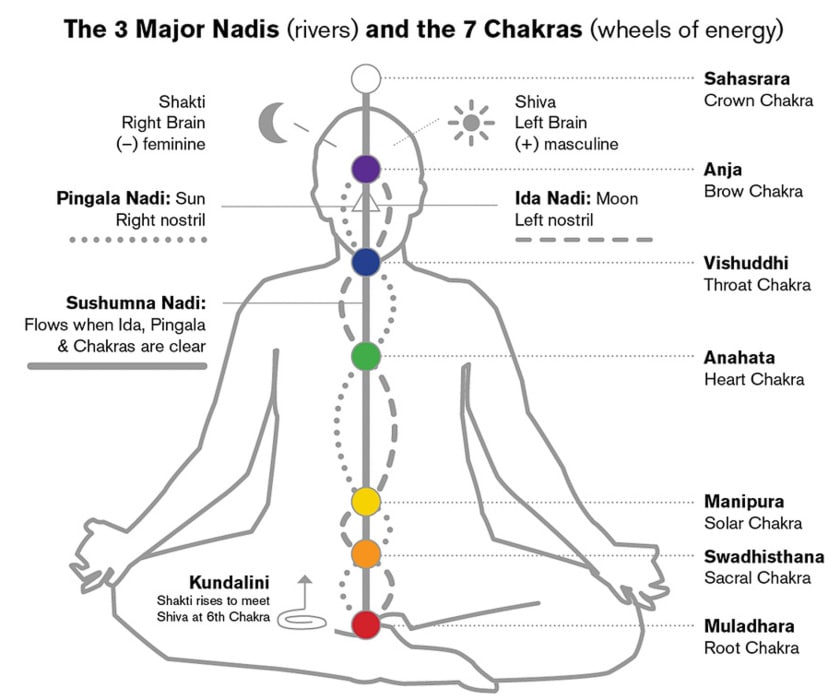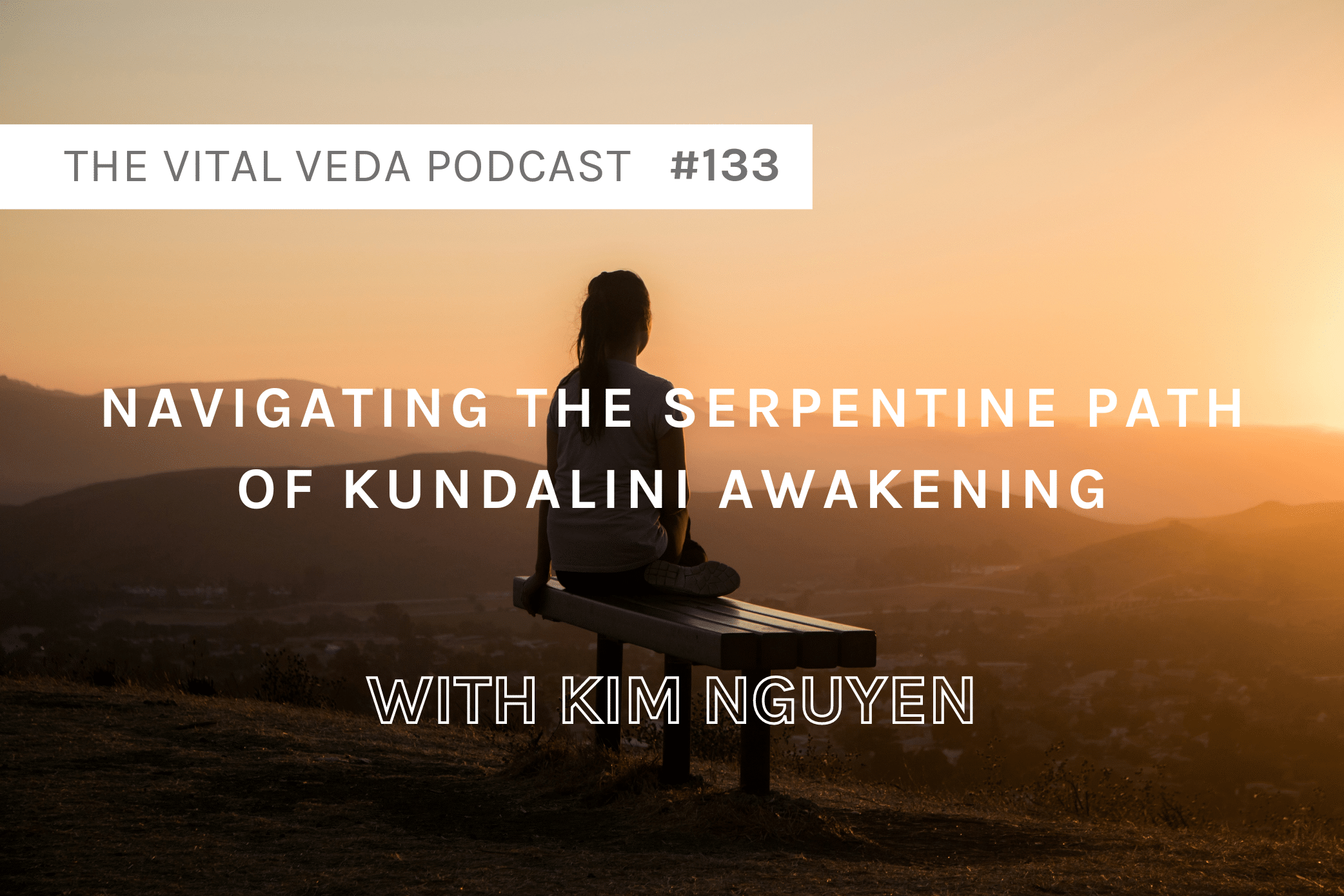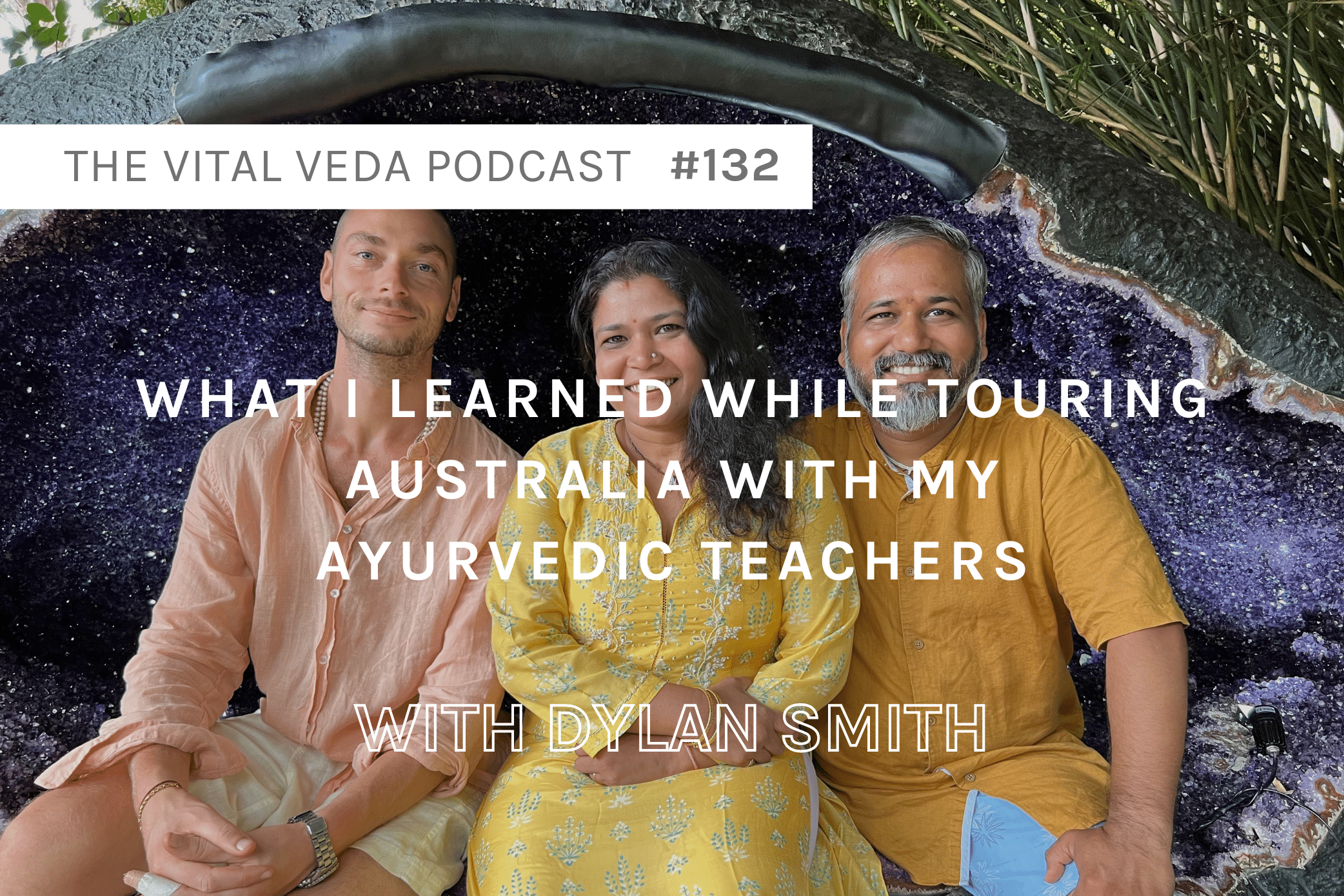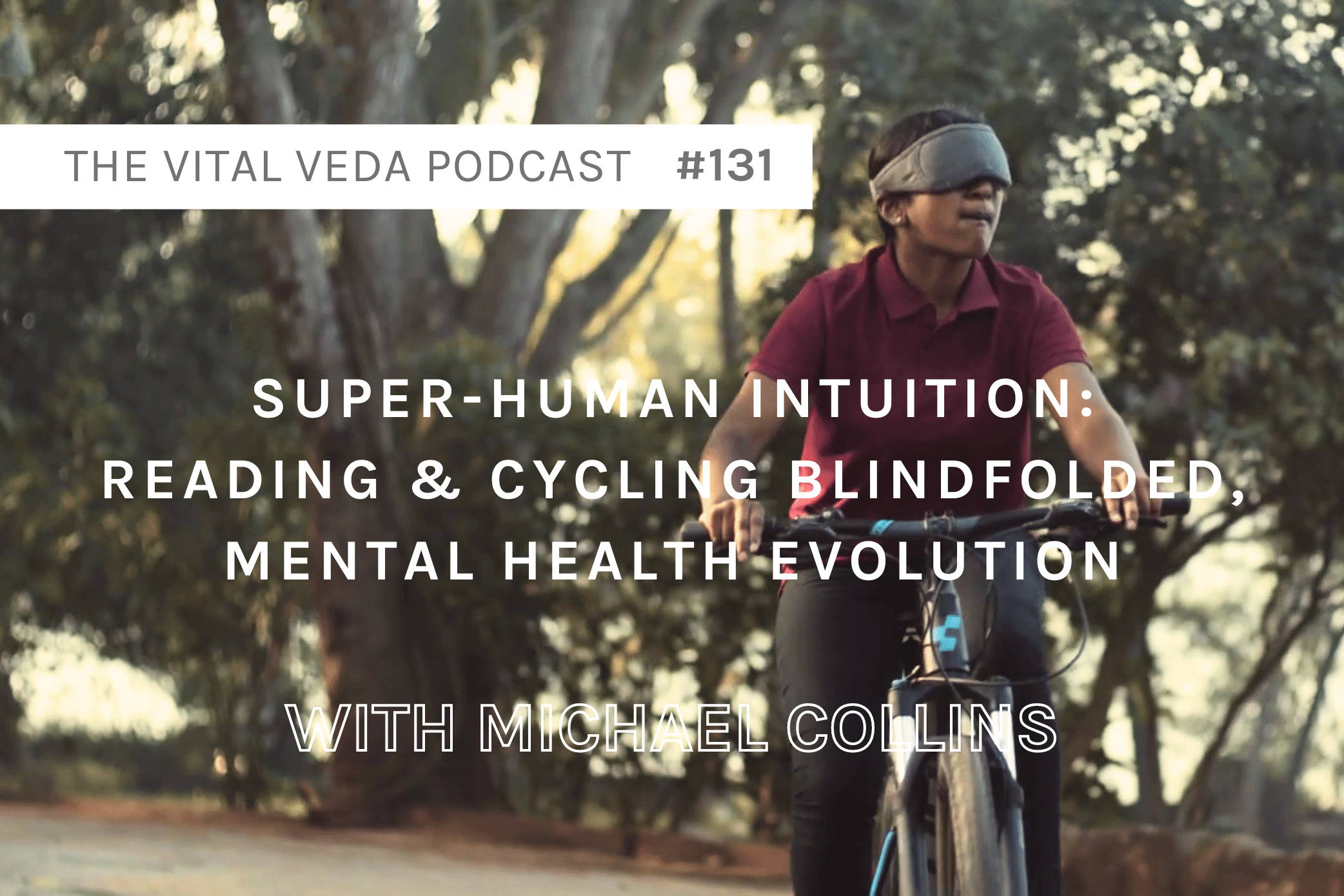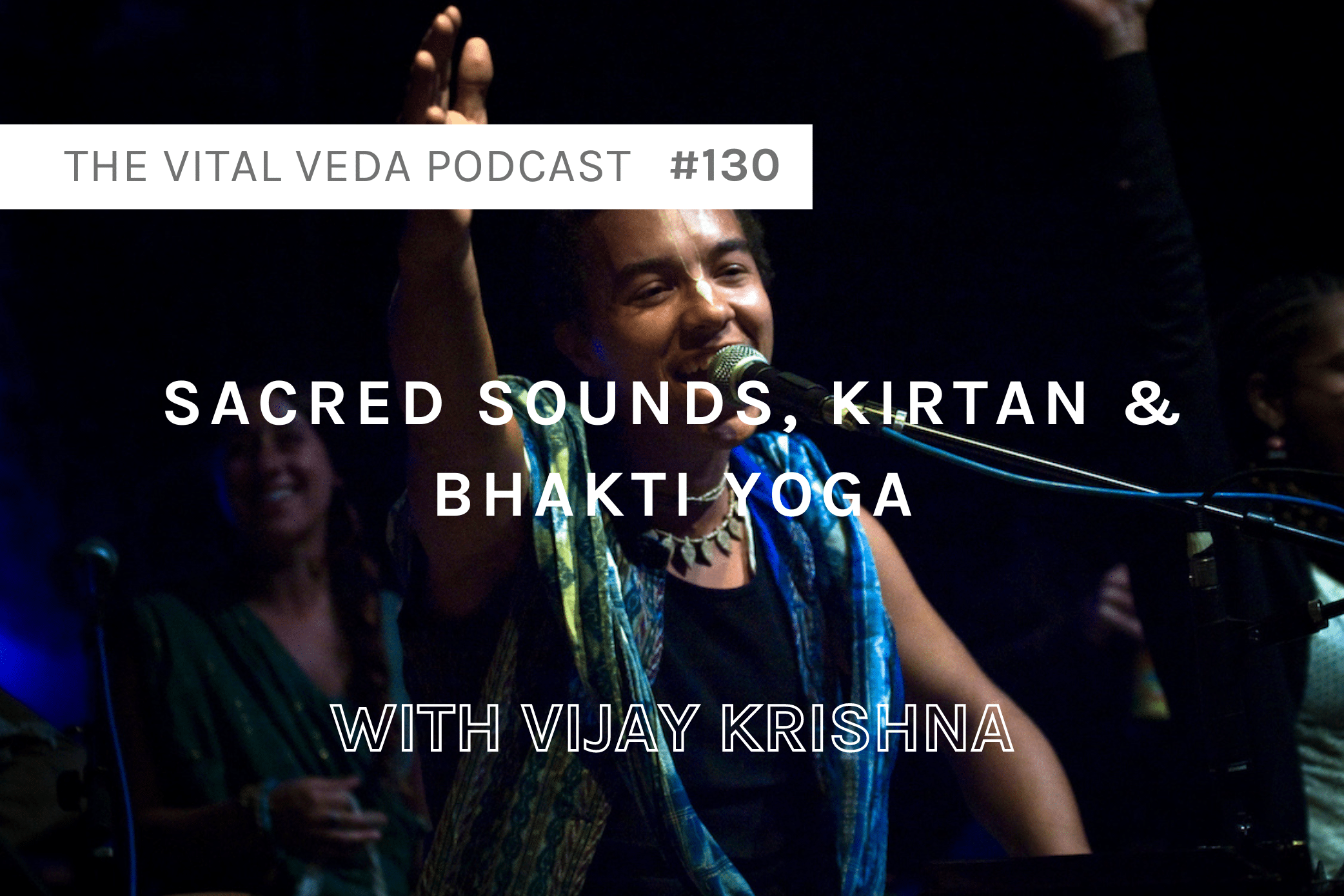“Siddhis” are extraordinary human capabilities that yogis have been striving to attain for millennia.
And many have been successful, because Siddhis are dormant non-local potentials that exist in every Consciousness state.
A Siddha is one with perfected human capabilities.
One who has sequenced the capabilities of Absolute Totality (“Brahman”) to become the perfect (most relevant) expression of “Dharma” (the most evolutionary thing you can be doing in any given moment).
Join Eddie Stern and Ayurvedic practitioner Dylan Smith as they discuss the Yoga Sutras of Maharishi Patañjali, one of the most well-known yogic texts that described these mystical “siddhis”.
ABOUT OUR GUEST: EDDIE STERN
Eddie Stern is a Yoga teacher, author, and lecturer from New York City.
He has been practicing Yoga since 1987, and ran his school in SoHo from 1993-2019.
In the late 1990’s and early 2000’s the school became a focal point for Ashtanga Yoga in New York with an eclectic mix of downtown artists and spiritual seekers practicing and meditating next to well-known personalities such as Madonna, Gwyneth Paltrow, Mike D, and Lou Reed, in what was also Manhattan’s first consecrated Ganesh Temple.
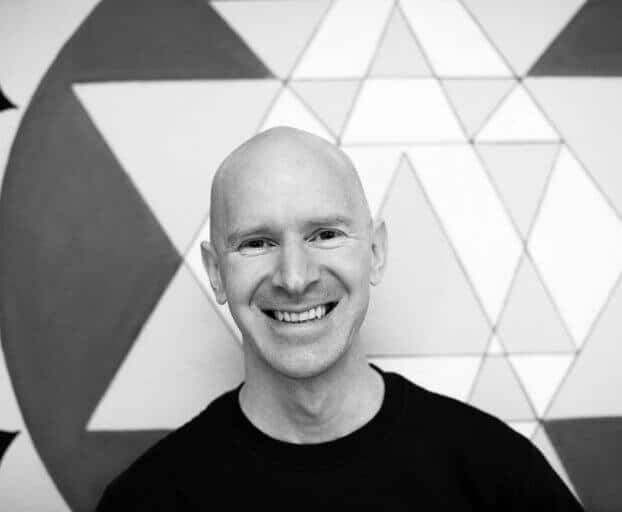
Eddie has a passion for seeking out diversity in all aspects of his work and uses a multidisciplinary approach of combining technology, scientific research, and collaboration to help further understanding, education, and access to yoga.
He continues to study philosophy, Sanskrit, ritual, science, and religion, as well as maintain a passion for the daily practice Yoga.
Eddie learned Ashtanga yoga under Sri K. Pattabhi Jois and R. Sharath Jois, of Mysore, India.
IN THIS EPISODE WE DISCUSS:
Eddie’s Dinacharya (Daily Routine)
Maharishi Patañjali as a Historical Figure
Very little is known of him as a person.
He is estimated to have lived around 300/400 C.E.
He is credited with two major works:
-
The Yoga Sütras – a text on Yoga theory and practice; one of the most important texts in Indian tradition and the foundation of classical yoga. Here he elaborates on the concept of siddhis and how to master them.
-
The Mahābhāṣya – a text on Sanskrit grammar.
He is believed to be an incarnation of Adi Sesha, the celestial snake on which Lord Vishnu reclines in the cosmic ocean. Ayurvedic sage Caraka is also said to be an incarnation of Adisesha.
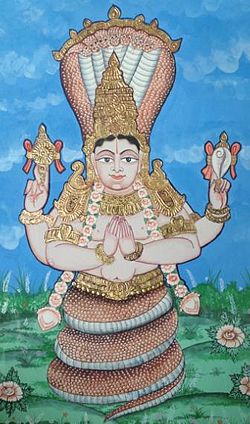
An Introduction to Patañjali’s Yoga Sutras
The Yoga Sutras of Patañjali are made of 4 chapters (padas) and 196 sutras.
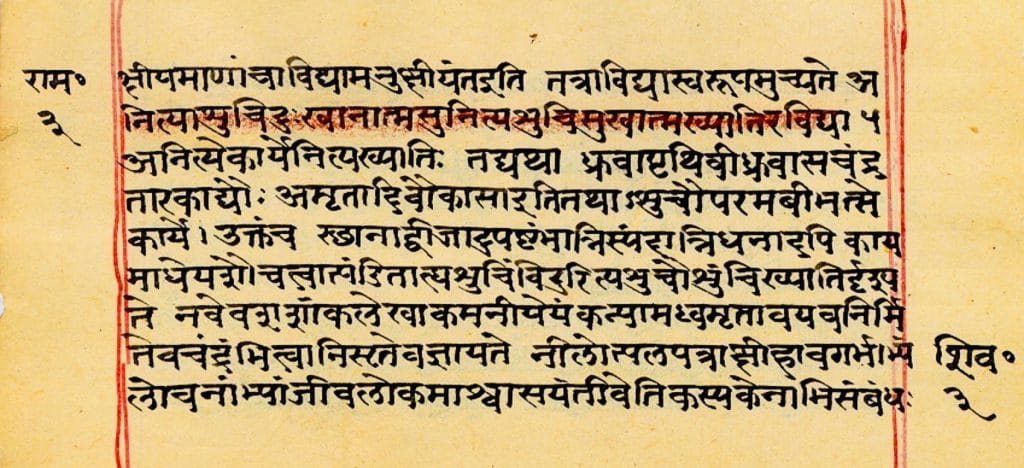
Sütra (सूत्र) in Sanskrit means “string” or “thread”, or something that is woven or stitched together.
A Sütra is a collection of few words that have been “stitched together” to convey in a very brief and precise manner a theorem or maxim that is incontrovertible in meaning.
They very often need to be explained and “fleshed out” by some sort of commentary in order to be fully and properly assimilated.
In the Yoga Sutras, Maharishi Patañjali explores, amongst many other things, the different mechanisms by which a Yogi can conquer siddhis.
Siddhis: Divine Human Capabilities
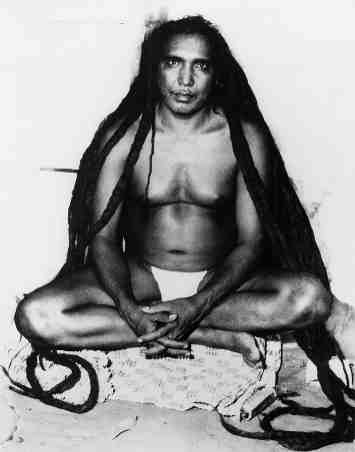
Siddhi (सिद्धि), means supreme fulfillment & accomplishment.
Siddhis are divine human capabilities that can be enlivened by a Yogi/Yogini’s advancement through different sadhanas (spiritual exercises).
-
By means of spiritual practice, the Yogi/Yogini eventually achieves a state where supra-normal abilities become at his/her disposal, it is then that they become a Siddha (one with perfected human capabilities).
Samyama (संयम) meaning to tie together, integrate or bind; is the combined and simultaneous practice of Dhāraṇā (intention/concentration), Dhyāna (meditation) and Samādhi (union).
-
By means of dhāraṇā, one puts intent and focus on one of the siddhis, by means of dhyāna one manifests it into a transcendent state of being, and finally, by achieving samādhi the siddhi is allowed to be integrated and unified with the relative field.
Patañjali Yoga Sutra’s – Overview
First Chapter – Samadhi Pada
The first chapter of the Yoga Sutras explores the different types of samadhi, of which there are 8 types listed.
Second Chapter – Sadhana Pada
In the second chapter, Patañjali discusses Kriya Yoga (क्रिया योग).
“Kriya” loosely translates as “frictionless action” or “action which does not bind”. Kriya Yoga is the active aspect of Yoga.
-
There are three components to Kriyayoga: tapas (asceticism), svadhyaya (recitation) & ishvara pranidhana (devotion to the lord).
-
Kriya Yoga was revived in modern times by Mahavatar Babaji (also known as “The deathless Yogi”), his sishya (student) – Lahiri Mahasaya – and eventually brought to international awareness by Paramahamsa Yogananda in his widely renowned book “Autobiography of a Yogi”.
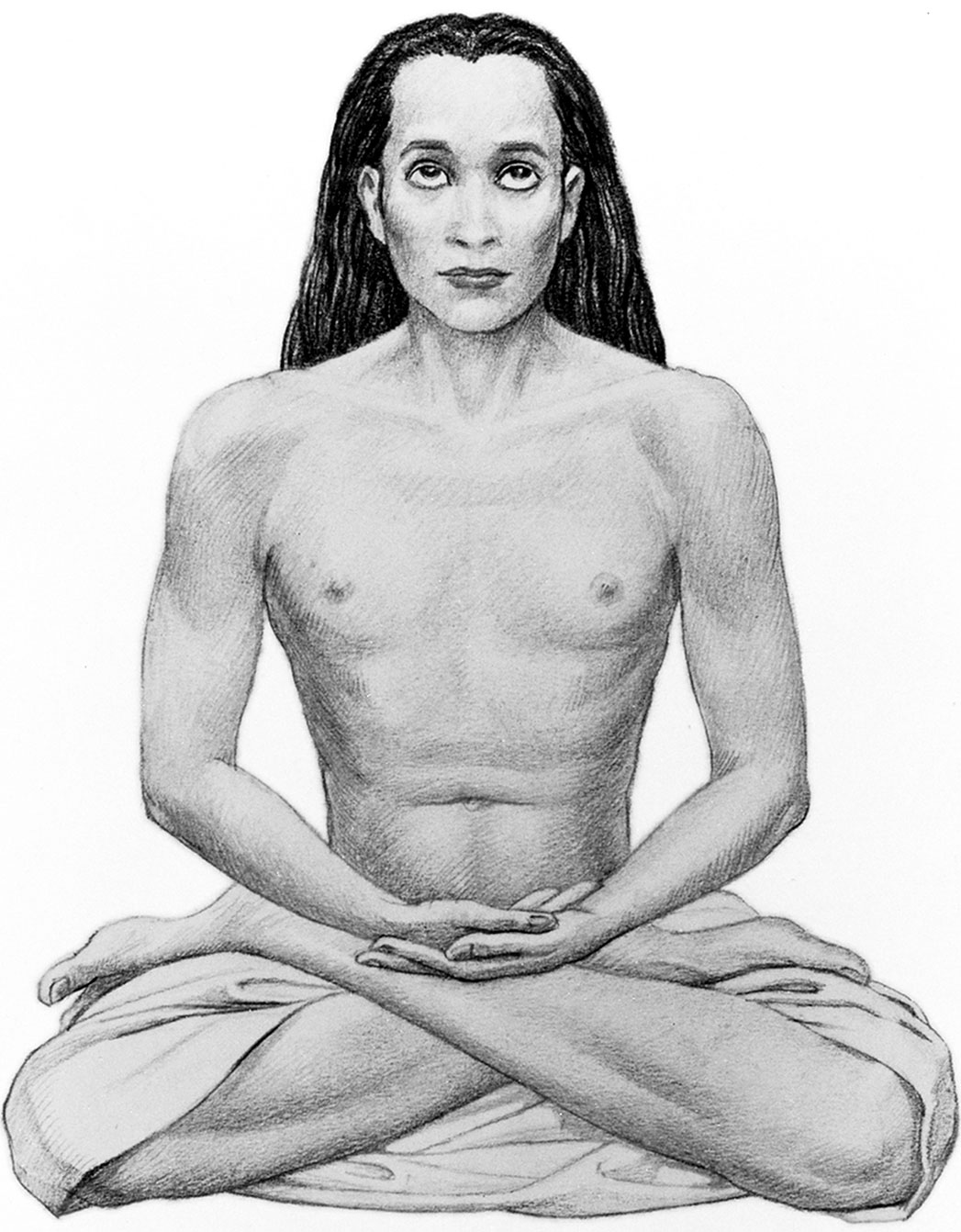
The 5 first limbs of ashtanga yoga are also discussed – the bahiranga sadhana (the external limbs).
-
Yama – the five yamas are personal virtues one has towards the external (society & all living beings)
-
Niyama – the five niyamas are observances that allow one to transcend the external
-
Asana – postures that allow one to be still and comfortable (this is what is commonly known as Yoga in the west)
-
Pranayama – regulation of breath or prana (life-force).
-
Pratyahara – withdrawal of the senses that allows one to connect with the inner self.
All of these are considered sadhanas or practices that we can do to achieve the highest states of consciousness
Chapter Three – Vibhuti Pada
Vibhuti means “perfection”.
The last 3 limbs of ashtanga yoga are discussed here – the antaranga sadhana (the internal limbs).
-
Dharana – concentration or awareness that is intentionally directed in one direction in an undisturbed manner – usually mantras are chanted and act as the active focus of that awareness.
-
Just like when one places a cup on a table. It is the table that holds the cup up, the cup doesn’t hold itself. In the same manner the Yogi rests its awareness on the object so that the awareness can rest there, immovable.
-
Dhyana – concentration or awareness that is directed towards one’s inner self; Commonly referred to as “meditation”. A mantra is also used, but it will eventually fade away until a state of transcendence is all that is left.
-
Samadhi – cosmic consciousness is achieved, the idea of the meditator as an entity completely disappears & all that is left in consciousness is the object that is being meditated on (totality).
-
The different levels of samadhi are discussed back in chapter 1.
Samyama is the capacity to direct that tripartite process towards different objects of the world, and in doing so you learn something about the nature of those objects.
-
Their inner nature is revealed to you, because the chosen object entirely fills your awareness. You take on the defining characteristic of any object in your field of consciousness and allow it to be the only thing that exists there.
Chapter Four – Kaivalya Pada
Kaivalya means “solitude” or “detachment” in Sanskrit.
This chapter refers to the isolation of purusha from prakṛti – consciousness from nature -, and therefore the liberation from rebirth and freedom from suffering (moksha).
“Siddhis can be useful because they can help you to understand nature to its finest characteristics. But in the end, the highest siddhi that you can attain is the ability to discern the distinction between nature and consciousness – between prakriti and purusha. When you have that final discernment you are free from the bondage of nature and the suffering which goes along with it.”
Prana, Nadis & The Subtle Physiology of Yoga
Nāḍī (नाडी) in Sanskrit means “channel”
The Nāḍīs are the pathways through which prana (life-force) flows. These channels converge at special points in the body, the chakras.
“Prana” etymologically means “that which causes things to move”; and it’s the life force that animates and coordinates everything, not only within the body but on a cosmic level – everything is constantly moving, some things do so in a more subtle way than others.
By becoming aware of the prana that flows within us – and enhancing as well as directing its flow with different yogic practices – one is able to invigorate the body & mind while also opening the door to higher states of consciousness.
In Pranamayakosha, the energy body there are 72.000 Nāḍīs; yet, these 72.000 mainly spring from three basic nadis: ida, pingala and sushumna.
There are two holes on the sides of the spine which are like conduit pipes for all the nerves to pass – these two holes are ida and pingala.
Ida represents feminine energy while Pingala represents masculine energy. That is the basic duality of humans, also known as the shiva shakti in vedic tradition.
- Finding an energetic balance between ida and pingala allows one to flow through life more effortlessly.
-
Sushumna, the centerpiece of the spine, is attribute-less (meaning beyond duality) and remains mainly dormant.
-
When one manages to direct energies to the sushumna it is said that one achieves the supreme state of vairagya (which translates as “that which is colorless or transparent”).
-
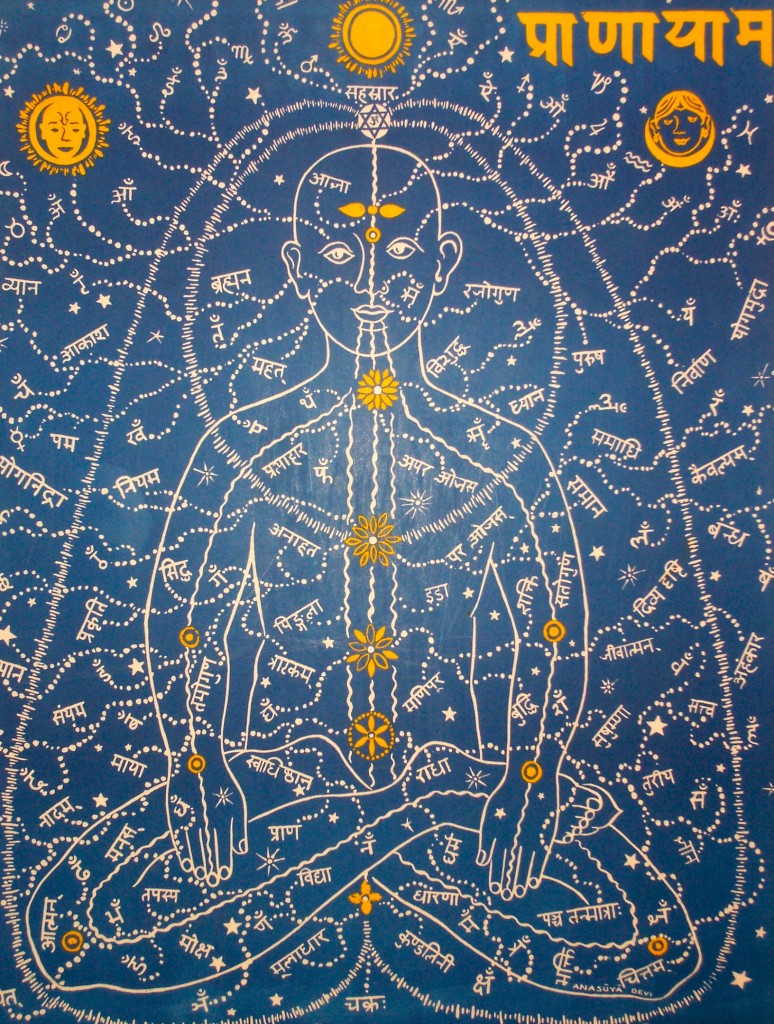
- Vairagya is a state of inner balance that grants one the capacity to remain utterly unattached, with an infinite capacity to adapt and remain completely unprejudiced to everything no matter the situation one is in.
- “Transparent” in the sense that one holds on to nothing.
Siddhis When Put Into Practice
The breathing in and out of air is prana coming and going, and that means that he/she who is breathing is still living in duality – with duality come all the pairs of opposites imaginable: inhalation & exhalation, desire & aversion, success & failure, pleasure & pain, happiness & sadness, etc.
-
But when a Yogi goes into states of higher levels of consciousness, where duality is transcended, the breathing in and out starts to cease; and when the breathing stops coming out of the nostrils but the body remains alive, the breathing is said to be occurring in Sushumna Nāḍī – the central column.
-
Then aging & thinking stop, and unity consciousness is all that is left, the Yogi as a separate entity ceases to be experienced within his/her own consciousness.
-
Humans have what are called Central Pattern Generators (CPG) which exist in the spine. These generators drive and maintain certain behaviors in the body such as respiratory rhythms.
-
The theory is that when inhalation and exhalation cease to exist but the body continues to live, it is because these CPGs are still propagating these impulses of respiratory rhythms inside the spinal column, and that is the reason Sushumna Nāḍī is also called “Internal Breathing” – since the breath only occurs internally in the spine.
There is also the theory that humans hold all sorts of dormant cells within our bodies, hibernation cells being one type (which for example bears use).
-
Very advanced Yogis manage to awaken and control these dormant cells during extended periods of deep samadhi & meditation and they can slow down the metabolic needs of the body to almost zero.
-
Some Yogis are known to not eat any food or drink anything for several years and still live – their mastery over their metabolism is how they manage to do this.
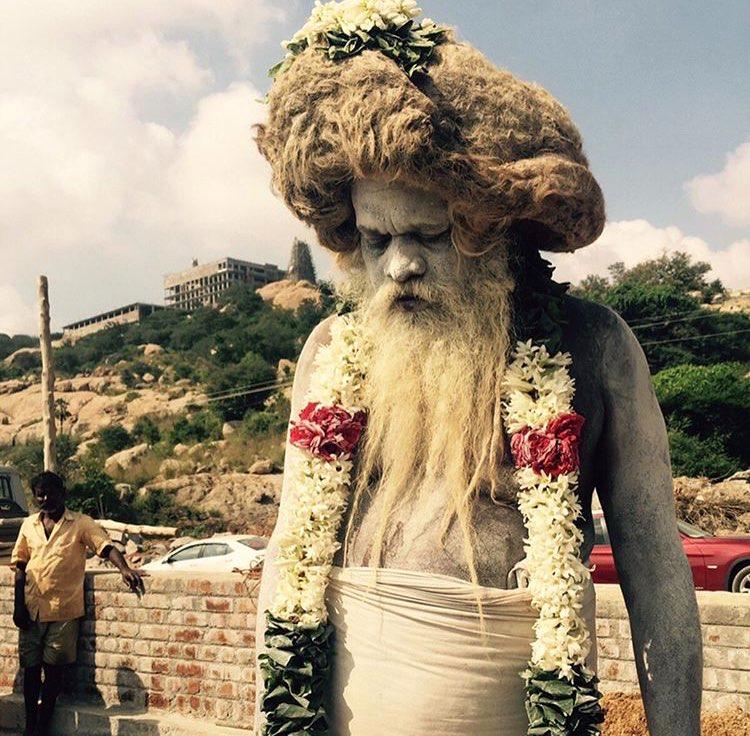
- This is a siddhi called Kantha Kupe, which translates to hollowness/space of the throat & freedom from all behaviors motivated by fear or survival.
- Dylan personally met in India a yogi called Mahananda Siddha, who hasn’t eaten or drank anything in nearly two decades since Shiva came before him and gave him the gift to live 500 years.
-
-
He lays in fire every morning to receive Prana and the Amrita flows from his mouth to feed his body.
-
Mahananda Siddha is the 19th Siddha in India.
-
Dr. Robert Svoboda’s (guest on ep. #062) Guru, Jatala Sadhu Ram Vishwambar Das, was believed to have lived for over 400 years.
-
Dr. Svoboda explained that Jatala Sadhu didn’t eat any food other than Tobacco, and that he performed inner alchemy to turn that “poison” into Amrita (nectar).
-
-
Another example of a woman saint who has attained siddhis is Sri Sri Sri Mahayogini Manikeshwari Matha.
-
She doesn’t eat or drink and is believed to have attained the astha-siddhis (anima, mahima, garima, Laghima, Prapti, Prakamya, isatva and vasitva).
-
-
RESOURCES
SUPPORT THE SHOW
Please leave me a comment below (I love to read every single one).

